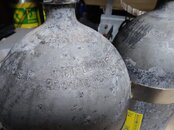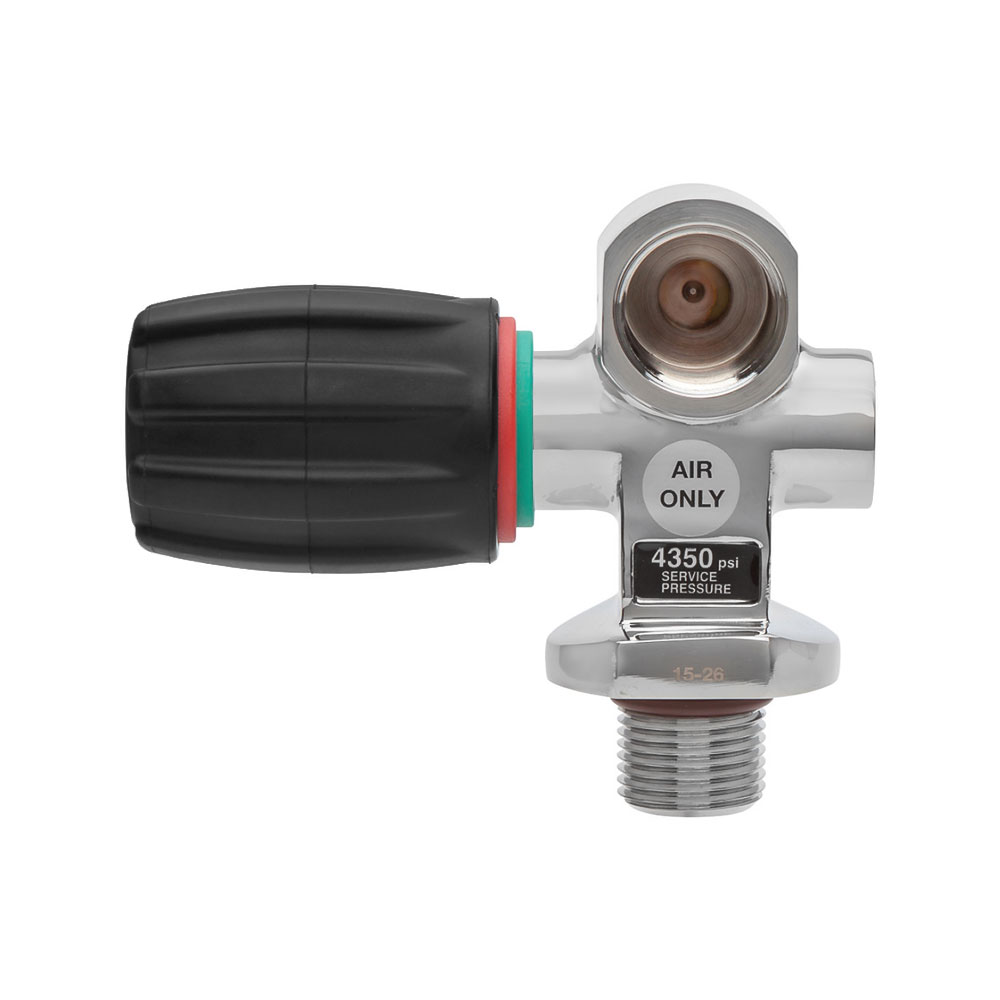bradlw
Contributor
I posted this attached to a very old thread I found a few days ago. No responses so I'm thinking maybe it's not getting visibility since it was an old and dead thread.
(if that's not the case, my apologies for the duplication)
Here's my question:
there was a photo in the old thread if you care to look at it. It didn't come through in the "quote"
(if that's not the case, my apologies for the duplication)
Here's my question:
old thread, it answers part of my question
I have a set of doubles that I put together from used tanks twenty some odd years ago. I can't remember what they were. Still holding trimix....tag specifying the blend is long gone.
I understand from this old thread they are made by PST
how can I confirm the capacity and bouyancy characteristics?
I think they MIGHT be PST-100
roughly 2 inches shorter than my Al80
PST 100
3500psi, 102ft3, 7.25 in diameter, 23.94 inch tall, 34.1# empty, -1.3# bouyancy empty, -8.8# bouyancy full
in the plastic boots, they stand approx 24-3/4 inches to the top of the neck
marking is
DOT-E9791-3500 TP5250
239710 GALVANIZED USA
Do I have it correct?
there was a photo in the old thread if you care to look at it. It didn't come through in the "quote"





